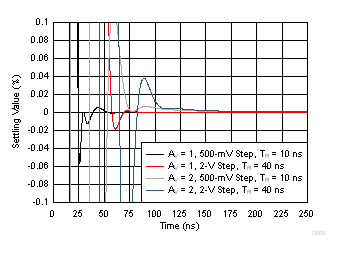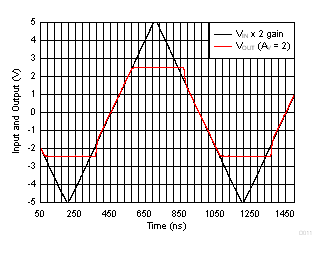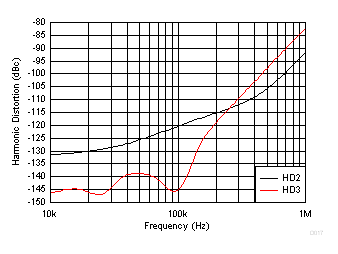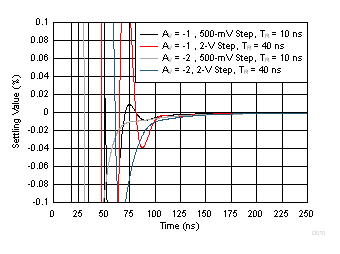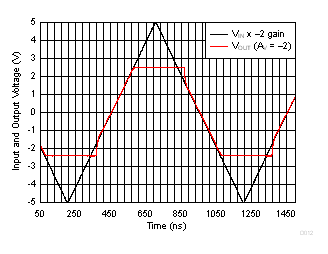ZHCSGP3D September 2017 – December 2018 OPA2837 , OPA837
PRODUCTION DATA.
- 1 特性
- 2 应用
- 3 说明
- 4 修订历史记录
- 5 Pin Configuration and Functions
-
6 Specifications
- 6.1 Absolute Maximum Ratings
- 6.2 ESD Ratings
- 6.3 Recommended Operating Conditions
- 6.4 Thermal Information: OPA837
- 6.5 Thermal Information: OPA2837
- 6.6 Electrical Characteristics: VS = 5 V
- 6.7 Electrical Characteristics: VS = 3 V
- 6.8 Typical Characteristics: VS = 5.0 V
- 6.9 Typical Characteristics: VS = 3.0 V
- 6.10 Typical Characteristics: ±2.5-V to ±1.5-V Split Supply
- 7 Detailed Description
-
8 Application and Implementation
- 8.1
Application Information
- 8.1.1 Noninverting Amplifier
- 8.1.2 Inverting Amplifier
- 8.1.3 Output DC Error Calculations
- 8.1.4 Output Noise Calculations
- 8.1.5 Instrumentation Amplifier
- 8.1.6 Attenuators
- 8.1.7 Differential to Single-Ended Amplifier
- 8.1.8 Differential-to-Differential Amplifier
- 8.1.9 Pulse Application With Single-Supply Circuit
- 8.1.10 ADC Driver Performance
- 8.2 Typical Applications
- 8.1
Application Information
- 9 Power Supply Recommendations
- 10Layout
- 11器件和文档支持
- 12机械、封装和可订购信息
6.8 Typical Characteristics: VS = 5.0 V
at VS+ = 5.0 V, VS– = 0 V, VOUT = 2 VPP, RF = 0 Ω, RL = 2 kΩ, G = 1 V/V, input and output referenced to mid-supply, and TA ≈ 25°C (unless otherwise noted)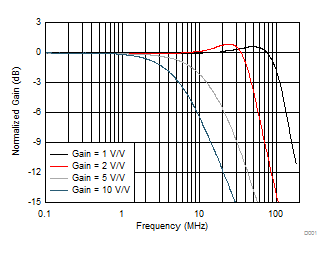 Figure 1. Noninverting Small-Signal Frequency Response
Figure 1. Noninverting Small-Signal Frequency Response
vs Gain
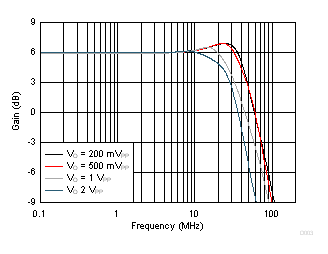
| Gain = 2 V/V, RLOAD = 2 kΩ |
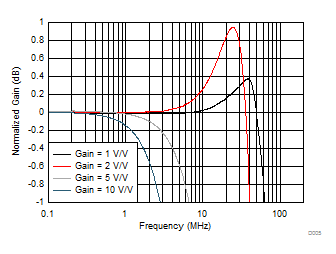 Figure 5. Noninverting Response Flatness vs Gain
Figure 5. Noninverting Response Flatness vs Gain 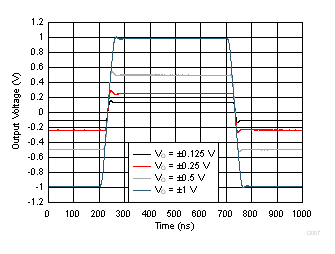
| See Figure 74, gain = 2 V/V,
input edge rate set to stay below slew limiting |
 Figure 13. Harmonic Distortion vs Frequency
Figure 13. Harmonic Distortion vs Frequency 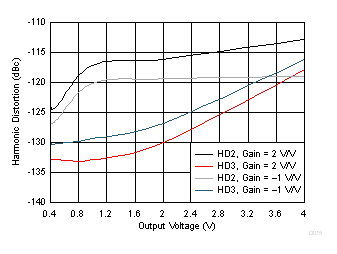 Figure 15. Harmonic Distortion vs Output Voltage
Figure 15. Harmonic Distortion vs Output Voltage 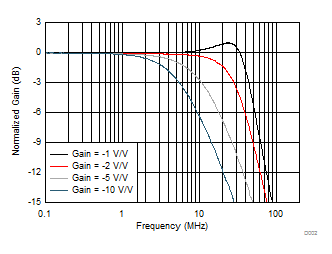 Figure 2. Inverting Small-Signal Frequency Response
Figure 2. Inverting Small-Signal Frequency Response
vs Gain
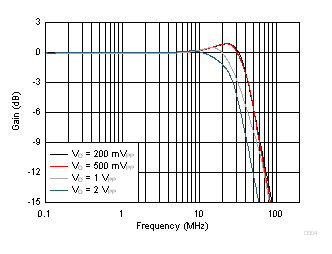
| Gain = –1 V/V, RLOAD = 2 kΩ |
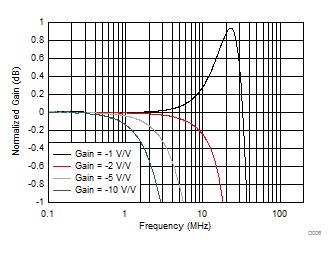 Figure 6. Inverting Response Flatness vs Gain
Figure 6. Inverting Response Flatness vs Gain 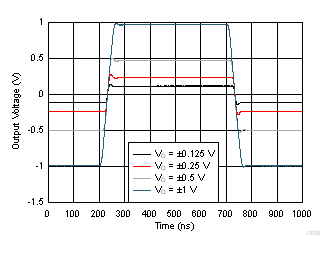
| See Figure 75, gain = –1 V/V,
input edge rate set to stay below slew limiting |
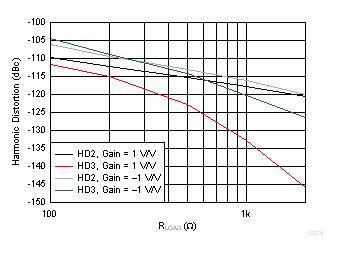 Figure 14. Harmonic Distortion vs RLOAD
Figure 14. Harmonic Distortion vs RLOAD 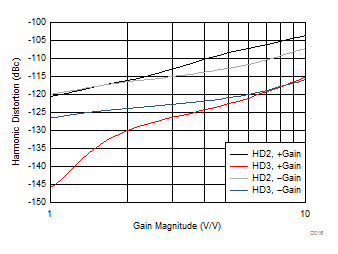 Figure 16. Harmonic Distortion vs Gain Magnitude
Figure 16. Harmonic Distortion vs Gain Magnitude 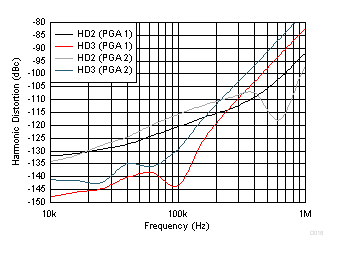
| See Figure 87, gain of 1 V/V or 2 V/V, VOUT = 2 VPP,
f = 100 kHz |
